Search Results
Search
Filter results
Advanced Filters
Your search returned 883 Solutions
-
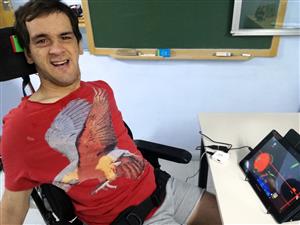
System to use any Android device without touching the screen
In 2017, Mouse4all developed a device for people who can neither operate a touchscreen nor use voice or eye commands. Instead, users control an input device using horizontal and vertical cursors, as well as icons and pictograms. By 2022, Mouse4all had users in 41 countries.
Mouse4all, Mouse4All, Spain -
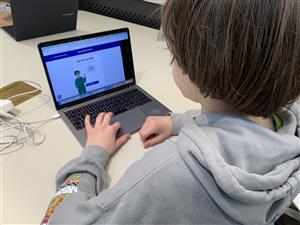
Online game for practicing shopping and making payments online
The online learning game ‘Funkabutiken’, published by the Swedish NGO Funka in 2021, allows users to practice shopping and paying online. Easy language, illustrations, and videos are some of the accessibility features offered. By mid-2022, Funkabutiken had around 20,000 visits.
Funka Nu AB, Funkabutiken, Sweden -
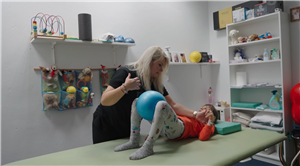
Emergency early childhood intervention supporting over 12,000 Ukrainian refugees
EASPD's Emergency Support for Ukrainian Refugees: Develops new models for transnational cooperation and resources for children affected by war. Created a large database of tools and materials adaptable to other regions.
Joint Emergency Early Childhood Development Support for Ukrainian Refugees, Bulgaria -
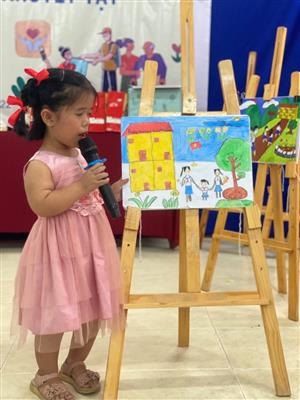
Making mainstream schools more inclusive by applying an easy-to-share teacher-training module
Research Centre for Inclusion (RCI), Vietnam: Developed a low-cost inclusive education training module in rural regions. From 2020 to 2023, trained 120 teachers, taught 274 children with disabilities, and involved 269 parents.
Ensuring quality and friendly disability education for children with special needs, Vietnam -
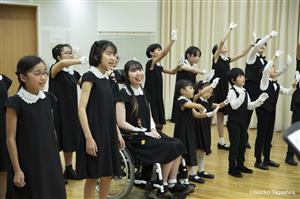
A replicable model of an inclusive youth choir making music incorporating sign language
White Hands Chorus Nippon by El Sistema Connect, Japan: Inclusive music choir merging deaf and hearing individuals. Grew from 35 to 98 members by 2023, offering free lessons and professional performances.
The White Hands Chorus NIPPON, Japan -
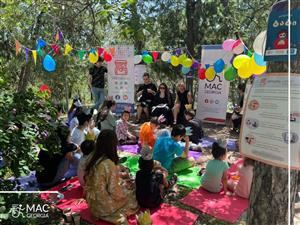
A social media platform for parents expanded to in-person support and educational events
MAC Georgia's Mshoblis Skivri, Georgia: Founded during COVID-19 to support parents of children with disabilities. By 2023, conducted over 2,500 consultations and engaged 3.45 million users via social media channels.
Mshoblis Skivri, Georgia -
Creating a role model of Inclusive Education
Plan International Bangladesh aims to demonstrate that inclusive education can be implemented within existing systems, institutions and structures. The project includes 50 schools, more than 300 teachers and over 100 other relevant institutions as well as more than 20,000 students and out-of-school children.
Plan International Bangladesh, Bangladesh -
Creating mainstream schools in a war-torn country
The aim is to promote Inclusive Education at the community level with a focus on children with disabilities, girls and children of the Kuchi, a nomadic people.The programme provides services for 81,000 learners, of whom 65% are girls. The programme is also working with the government to develop an inclusive education strategy.
Swedish Committee for Afghanistan, Afghanistan -
EmployAble: Inclusive vocational training and workplaces for youth with disabilities in Kenya, Rwanda and Ethiopia
Young people with disabilities who are unemployed receive the necessary skills in mainstream training institutes to become employed or self-employed. More than 20 stakeholders are involved in the core implementing teams. In August 2015, 273 persons were enrolled in institutes or received in company training.
Light for the World Netherlands, Rwanda -
How to teach students with and without disabilities equally
Groups of Students with and without disabilities are taught together using the same curriculum and beeing subject to the same academic criteria. Students with disabilities are supported by facility adaptation, specialized materials and equipment, counselling, as well as training for teachers and staff.
Technological University of Santa Catarina, Mexico
- Page 1
- Page 2
- Page 3
- Page 4
- Page 5
- Page 6
- Page 7
- Page 8
- Page 9
- Page 10
- Page 11
- Page 12
- Page 13
- Page 14
- Page 15
- Page 16
- Page 17
- Page 18
- Page 19
- Page 20
- Page 21
- Page 22
- Page 23
- Page 24
- Page 25
- Page 26
- Page 27
- Page 28
- Page 29
- Page 30
- Page 31
- Page 32
- Page 33
- Page 34
- Page 35
- Page 36
- Page 37
- Page 38
- Page 39
- Page 40
- Page 41
- Page 42
- Page 43
- Page 44
- Page 45
- Page 46
- Page 47
- Page 48
- Page 49
- Page 50
- Page 51
- Page 52
- Page 53
- Page 54
- Page 55
- Page 56
- Page 57
- Page 58
- Page 59
- Page 60
- Page 61
- Page 62
- Page 63
- Page 64
- Page 65
- Page 66
- Page 67
- Page 68
- Page 69
- Page 70
- Page 71
- Page 72
- Page 73
- Page 74
- Page 75
- Page 76
- Page 77
- Page 78
- Page 79
- Page 80
- Page 81
- Page 82
- Page 83
- Page 84
- Page 85
- Page 86
- Page 87
- Page 88
- Page 89